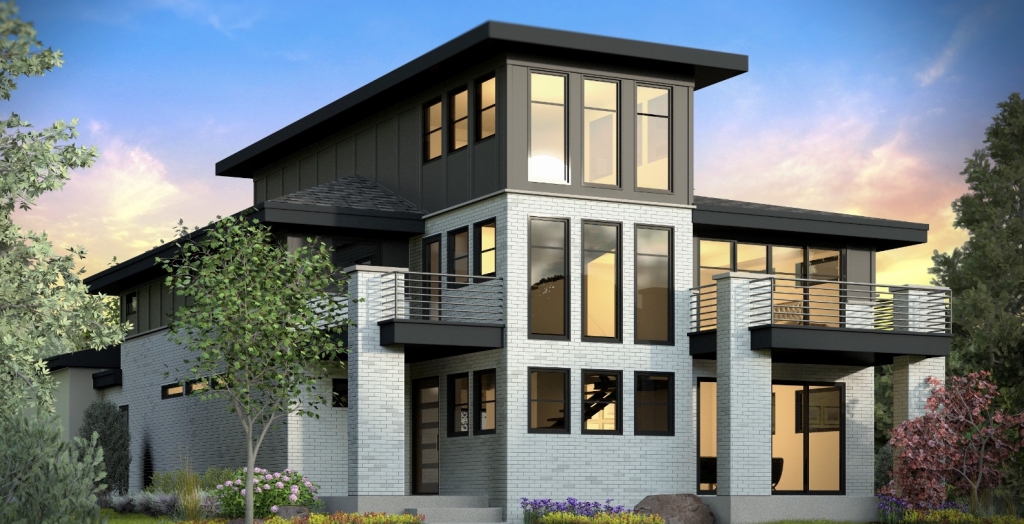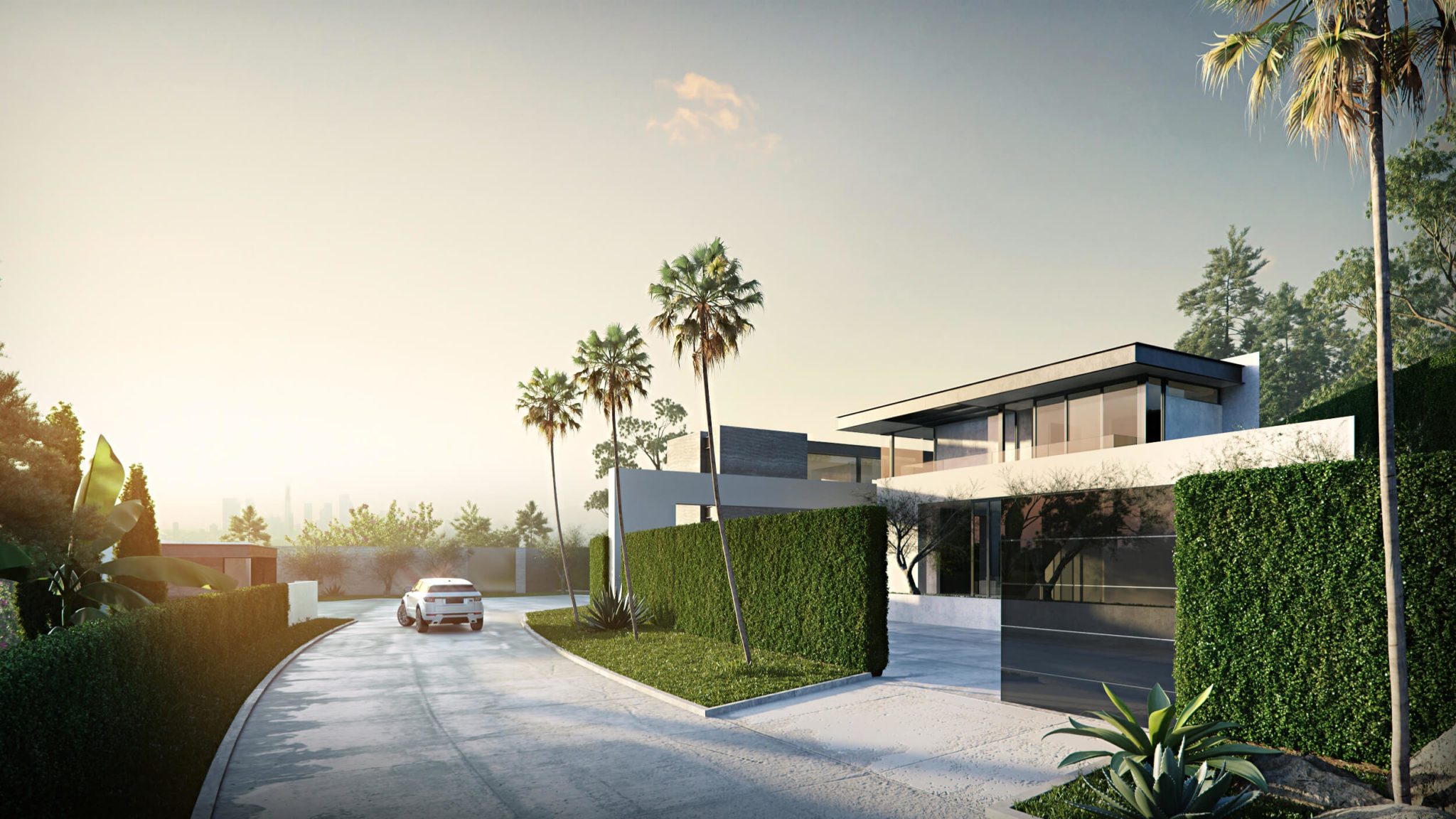Whether you are a professional architect or just starting out with 3D architectural rendering, there are a few things that you can do to improve your work. These tips will help you to create better renderings that will stand out from the crowd.

1). Lighting
Creating a good 3D architectural rendering requires the right lighting. The lighting can help to enhance the design of a render, and can also highlight the most important elements of a design. In addition, lighting can be used to create mystery and create a sense of the mysterious.
The first thing to consider when choosing the correct light for your rendering is the environment. The sun's position in the sky and the weather conditions can determine how much light will be available to the observer. The composition of the image will also impact how the light is used. The type of materials in the scene, including the walls and floors, will also play a role in the overall lighting.
Another important consideration is the amount of brightness in the 3D image. A partly cloudy render will have less distinct shadows of buildings. The lights will also diffuse in clouds. This can make an image appear eerie and less realistic.
2). Materials Refinement
Creating a great 3D architectural rendering takes years of experience and artistic know-how. In the process, a designer translates a concept into a real life model. Materials are a key component of any rendering. These include texture, color, and the tiniest of details. Refining these elements in a 3D modeling program can add some serious artistic flair.

Materials are usually grouped into two categories: basic and secondary. At the basic level, the material has to be a true-to-life sample. At the secondary level, a designer can choose from an assortment of textures, colors, and properties.
The most successful 3D renderings are the ones that combine the right mix of materials and features. A good 3D model will not only show off the finished product, but also help a client understand its scope. It will also allow a designer to identify potential problems before they occur, as well as make corrections before construction starts.
The most impressive feature is the creation of a realistic scene that incorporates the requisite landscape, streets, and other elements. A good 3D model should include all the key components of a real-world scene, including a pool, a pool deck, a backyard, and a sky. These components must all be in the correct location and be able to interact with one another.
3). Setting The Focal Point
Creating a 3D architectural rendering is a task that requires a degree of finesse. The biggest challenge is setting the right focal point. With the right combination of software and talent, you can make your 3D architectural rendering a thing of beauty. One of the best ways to do this is to utilize the right lighting and camera settings. Luckily, Photoshop is at hand. Here is a quick guide on how to set the focal point for the perfect results. You can even make your rendering pop with a few clicks of the mouse.
The next step is to get the camera and lights to work in unison. The final product is a slick 3D architectural rendering that you and your client will appreciate for years to come. Using a high-end 3D software like Auto desk Rev it or Auto desk Sketch Up can take the pain out of this task. Alternatively, you can always enlist the services of an expert in the field.

4). Getting as Many Eyes on Your Portfolio as Possible
Getting as many eyes on your 3D architectural rendering portfolio as possible is important for any architect. Your portfolio will help you present your work to potential clients. It will also show your creativity and technical understanding. It is also a great way to create strong connections with a client.
When marketing your services online, your personality is just as important as your skills. Make sure to edit your portfolio like you would curate a museum. You should also list it on job-finding sites, and create a blog. This will bring visitors to your site and improve your SEO ranking. It will also help you develop your brand.
There is a lot of competition for 3d designers today. It is important to make your portfolio stand out from the rest. In this industry, efficiency is key to success. By speeding up your workflow, you can focus on the finer details. You can create a design in a day that would take weeks to do manually.
Comments
Post a Comment